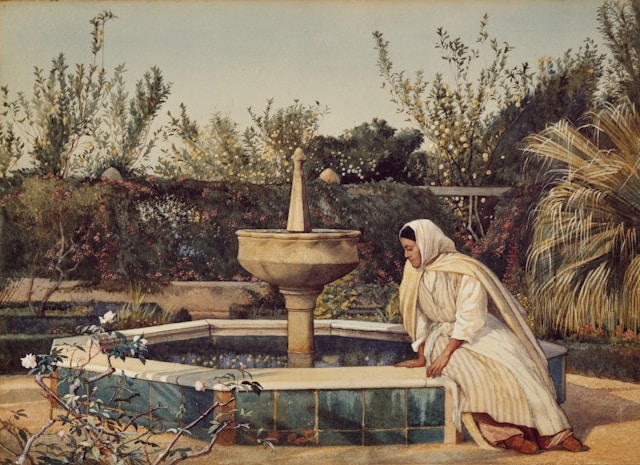At a recent event held at the Science Gallery in Dublin, an unusual performance left a lasting impression on the audience. The evening was marked by a unique blend of art and medical practice. The event took place at a well-known venue, with the room filled by an enthusiastic public and streamed live for remote viewers. Luna Doelle, an Irish postdoctoral fellow from Trinity’s Department of Philosophy, introduced the evening with clear gratitude toward the organisers and sponsors.
The Event at the Science Gallery
The event drew attention from academics and art enthusiasts alike. Tickets were sold out within days, and the live stream attracted viewers from various parts of the world. The gathering formed part of a broader academic conference that brought together scholars from diverse fields such as philosophy, medicine, and the humanities. This meeting provided a forum to discuss the changing views on the human body, medical practices, and art.
Organisers and Supporters
Several organisations played a role in making the evening possible. These included:
- The Science Gallery
- Trinity Long Room Hub
- The French Embassy
- The Irish Research Council
- Trinity Visual and Performing Arts Fund
Their joint support ensured that the event was well-resourced and allowed for meaningful discussions to take place.
Programme Highlights
The programme included introductory remarks, a video presentation on medical procedures in India, and a live performance by Oran. The video showed footage from a leprosy rehabilitation centre in India, highlighting both the social and medical challenges faced by patients. This presentation helped to set the stage for the evening’s main attraction—the performance art of Oran.
Oran’s Approach to Art
Oran is an internationally known performance artist from France. Her work uses surgery as a medium to challenge and transform traditional ideas about the body. By using her own body as a canvas, she raises questions about identity, beauty, and the impact of technology on the human form.
Merging Art and Surgery
Oran’s art does not follow the usual paths of traditional art forms. She uses cosmetic surgical techniques to create performance pieces that are both personal and thought-provoking. Her work includes a digital photographic series where her face is merged with images drawn from non-Western cultures. In one instance, she collaborated with an Australian laboratory to create a bioart installation. Another series, which involved reconstructing garments from her wardrobe, focused on the act of suturing. These performances served as live experiments that blurred the line between art and medicine.
A summary of her artistic process is shown below:
- Preparation: Oran studies medical procedures and familiarises herself with surgical techniques.
- Execution: The surgery is performed in front of a live audience or broadcast to remote viewers.
- Creation: The surgical operation produces images and artefacts that are later developed into artworks.
- Reflection: Oran uses the outcome of the operation to question social norms and the limits of body modification.
Technical and Ethical Aspects
Oran’s work has raised several technical and ethical questions. She uses powerful local anaesthetics and modern surgical methods, which allow her to perform operations without the usual levels of pain. The procedure is not only about altering appearance but also about creating a dialogue between the technical aspects of surgery and the human experience of pain.
The artist sees the operating theatre as a studio where each operation is a creative process. She challenges the idea that pain must be endured as a form of purification or redemption. Instead, her work suggests that body modification can empower an individual and redefine identity.
Audience Interaction and Discussion
The event did not end with the performance. The audience was invited to ask questions, leading to a lively discussion. The questions ranged from the impact of cosmetic surgery on feminist views to the regulation of tattooing. Attendees were keen to understand the practical and philosophical implications of using one’s body as a medium.
Key Questions Raised
Some of the topics raised during the question-and-answer session included:
- Changing Attitudes: An audience member asked whether the initial hostility towards using surgery in art had diminished over the years. The response acknowledged that views among feminists and other groups remain divided, but a shift in perception was noted over time.
- The Role of Voice: Another question explored whether Oran had ever thought of altering her voice as part of her performance. She explained that her focus remained on visual representation.
- Tattooing and Pain: The discussion also touched on tattooing. Oran expressed concern about the pain involved in tattooing, noting that the subject of pain is central to her work.
- Comparison with Other Art Forms: A final query compared her performance art with other forms that use pain, such as body suspension. Her response was firm, stating that while pain is part of her work, it should not be used as a tool for suffering or redemption.
Reflections on Pain and Identity
The dialogue around pain was especially important. Oran compared the experience of watching surgery to the habituation seen in other fields, such as medicine. Surgeons, for example, may feel strong initial reactions to the sight of blood, but gradually they adapt. She extended this idea to the audience, suggesting that repeated exposure to challenging images can lead to a form of desensitisation.
This exploration of pain also formed part of her broader commentary on identity. By turning surgical procedures into performance, she questions whether the body is a fixed entity or one that is constantly evolving. In her view, art can reveal aspects of identity that remain hidden under everyday appearances.

